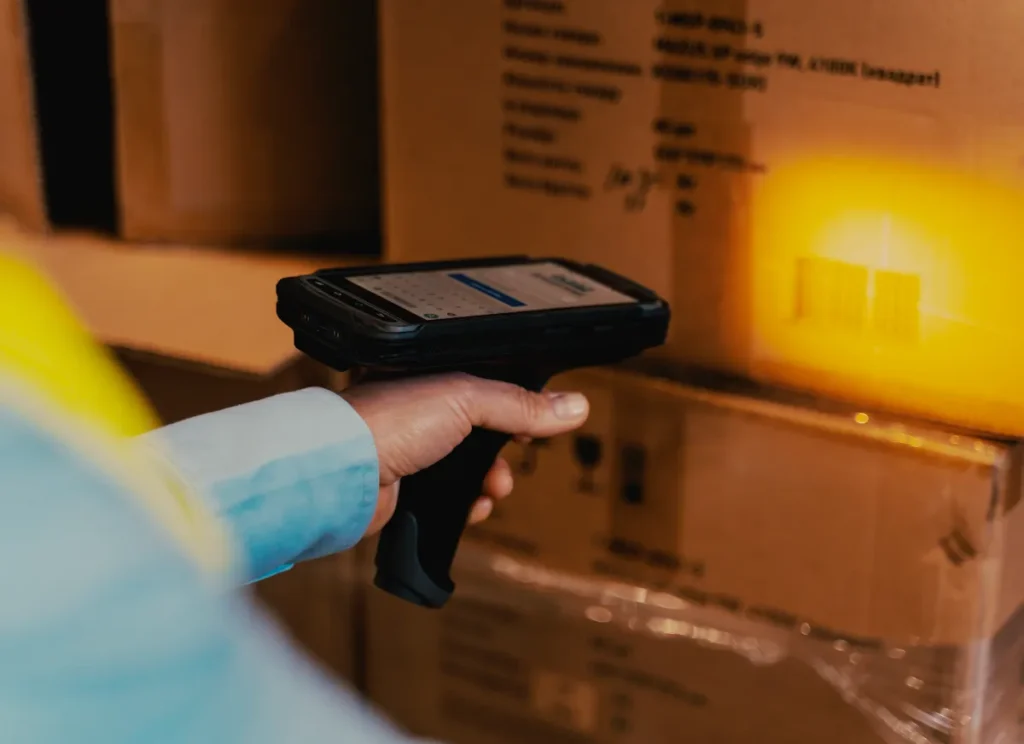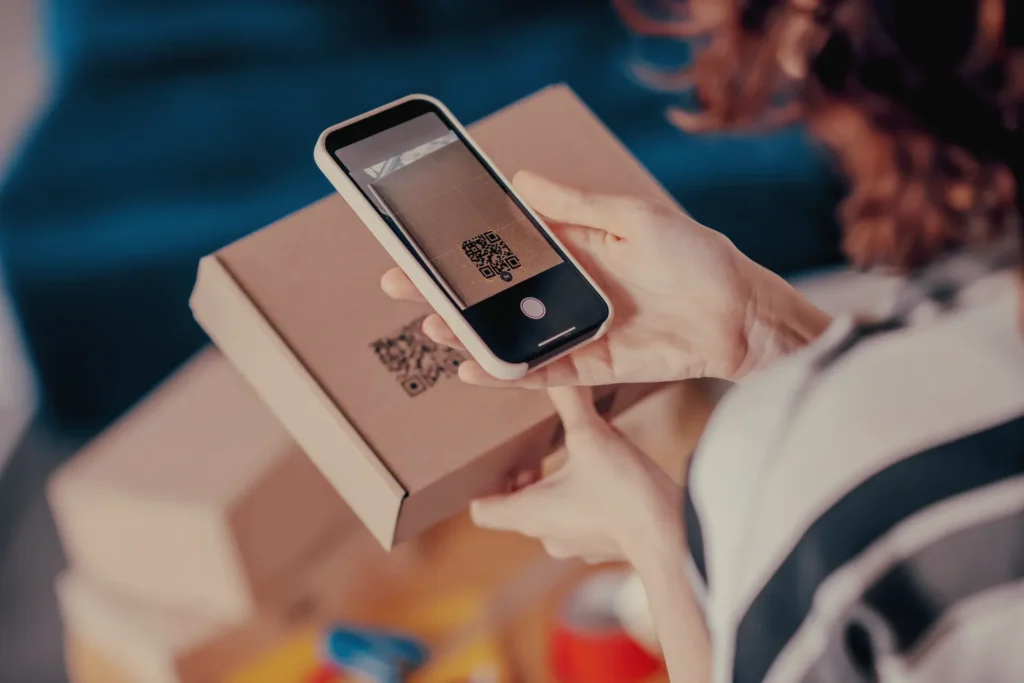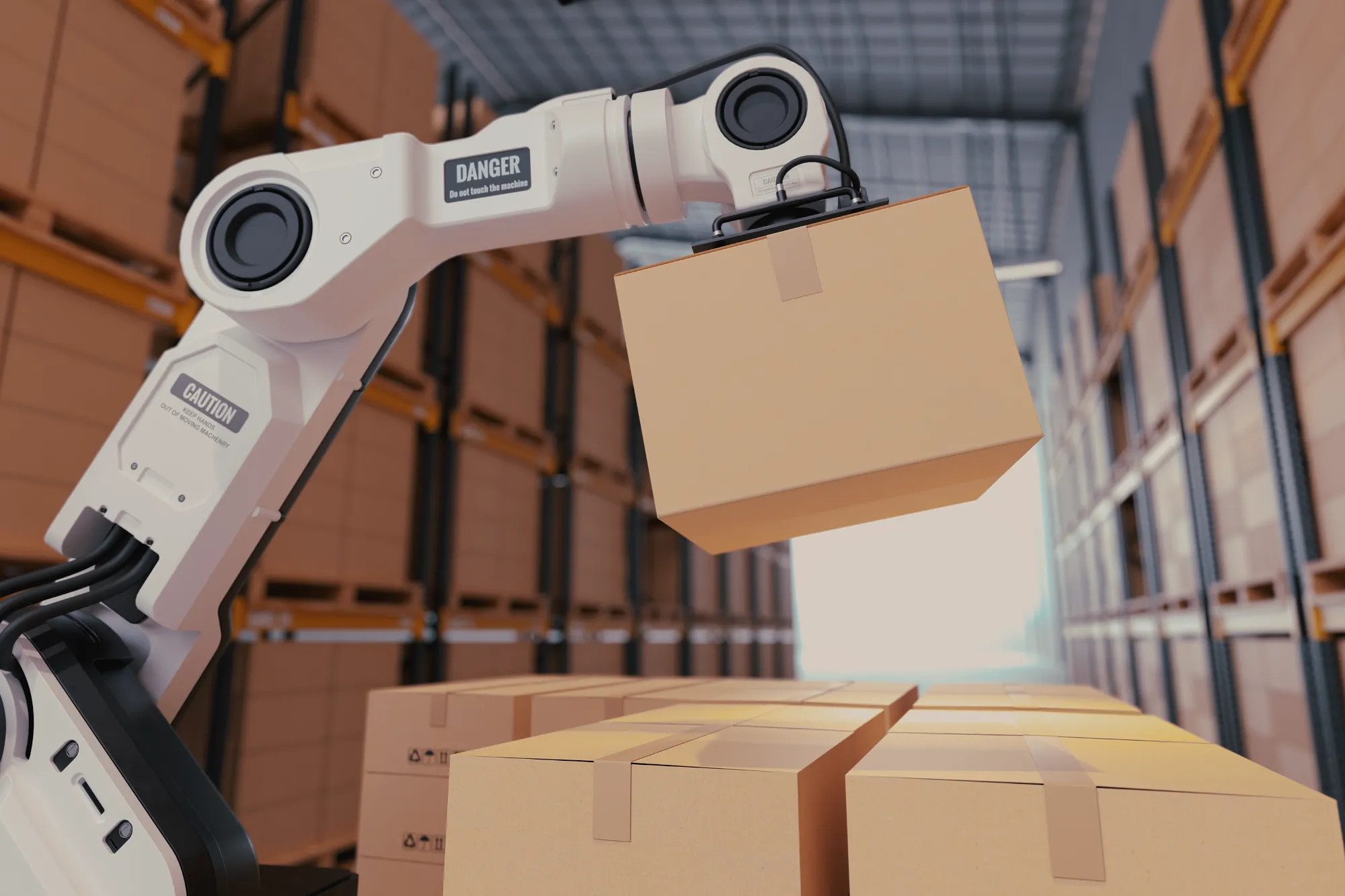Smart Packaging IoT Technology: 7 Ways It’s Revolutionizing Products in 2025
The Rise of Smart Packaging: IoT’s Game-Changing Impact on Product Safety and Consumer Experience 2025 Update
In the rapidly evolving landscape of packaging technology, smart packaging has emerged as a revolutionary force, transforming how products are protected, tracked, and experienced by consumers. As we delve into 2025, the integration of Internet of Things (IoT) technology in packaging is not just a trend but a fundamental shift in the industry. This article explores how IoT is reshaping product protection and consumer engagement, offering unprecedented opportunities for brands and consumers alike.
The Smart Packaging Revolution
Smart packaging, powered by IoT technology, is redefining the role of packaging in the product life cycle. No longer just a protective shell, packaging has become an interactive platform that communicates with consumers, monitors product integrity, and provides real-time data to manufacturers and retailers.
IoT Integration in Packaging
IoT technology in packaging typically involves:
1. Sensors for monitoring environmental conditions
2. RFID tags for tracking and authentication
3. NFC chips for consumer interaction
4. QR codes for accessing digital content
5. Blockchain integration for supply chain transparency
These technologies work together to create a connected ecosystem that enhances product safety, improves supply chain efficiency, and offers new ways for brands to engage with consumers.

Enhancing Product Protection
One of the primary benefits of smart packaging is its ability to significantly improve product protection throughout the supply chain.
Real-Time Monitoring
IoT sensors embedded in packaging can continuously monitor critical factors such as:
• Temperature
• Humidity
• Pressure
• Light exposure
• Shock and vibration
This real-time monitoring ensures that products, especially perishables and sensitive items, remain in optimal condition from production to consumption.
Tamper Evidence and Authentication
Smart packaging technologies offer advanced tamper evidence and authentication features:
• RFID tags can alert if a package has been opened prematurely
• Blockchain integration provides an immutable record of a product’s journey
• NFC chips allow consumers to verify product authenticity instantly
These features are particularly crucial in industries like pharmaceuticals and luxury goods, where counterfeiting is a significant concern.

Revolutionizing Consumer Engagement
Smart packaging opens up new avenues for brands to connect with consumers, creating interactive and personalized experiences.
Interactive Product Information
By scanning a QR code or tapping an NFC chip with their smartphones, consumers can access:
• Detailed product information
• Usage instructions and tutorials
• Nutritional data and allergen alerts
• Product origin and sustainability information
This level of transparency builds trust and helps consumers make informed decisions.
Personalized Experiences
IoT-enabled packaging allows for personalized consumer interactions:
• Tailored product recommendations
• Loyalty programs and rewards
• Augmented reality experiences
• Customized content based on user preferences
These personalized experiences enhance brand loyalty and create a deeper connection between consumers and products.
More Information: Internet of Packaging (IoP) on the Packaging Gateway
Post-Purchase Engagement
Smart packaging extends the brand-consumer relationship beyond the point of sale:
• Reordering prompts when products are running low
• Feedback collection for product improvement
• Access to complementary products or services
• Participation in recycling programs
This ongoing engagement keeps brands top-of-mind and encourages repeat purchases.
Supply Chain Optimization
The integration of IoT in packaging is transforming supply chain management, offering unprecedented visibility and efficiency.
Enhanced Traceability
Smart packaging enables end-to-end traceability:
• Real-time location tracking
• Condition monitoring throughout transit
• Automated inventory management
• Predictive maintenance for storage facilities
This level of traceability reduces losses, improves inventory accuracy, and ensures product quality.
Sustainability Improvements
IoT-enabled packaging contributes to sustainability efforts:
• Optimized route planning reduces carbon emissions
• Improved inventory management minimizes waste
• Smart recycling initiatives increase recycling rates
• Data-driven insights for packaging optimization
These sustainability benefits align with growing consumer demand for eco-friendly practices.
Challenges and Future Outlook
While the potential of smart packaging is immense, there are challenges to overcome:
• Cost considerations for widespread adoption
• Data privacy and security concerns
• Standardization of IoT protocols in packaging
• Integration with existing supply chain systems
Despite these challenges, the future of smart packaging looks promising. As technology costs decrease and consumer expectations evolve, we can expect to see wider adoption across industries.
The Rise of Smart Packaging
Driven by IoT integration, smart packaging is revolutionizing product protection and consumer engagement. As we move further into 2025, this technology will continue to evolve, offering new possibilities for brands to differentiate themselves, protect their products, and create meaningful connections with consumers. The packaging of the future is not just smart; it’s an integral part of the product experience, bridging the gap between the physical and digital worlds.
For companies looking to stay ahead in this rapidly changing landscape, embracing smart packaging technologies is not just an option—it’s a necessity. The future of packaging is here, and it’s smarter than ever.



